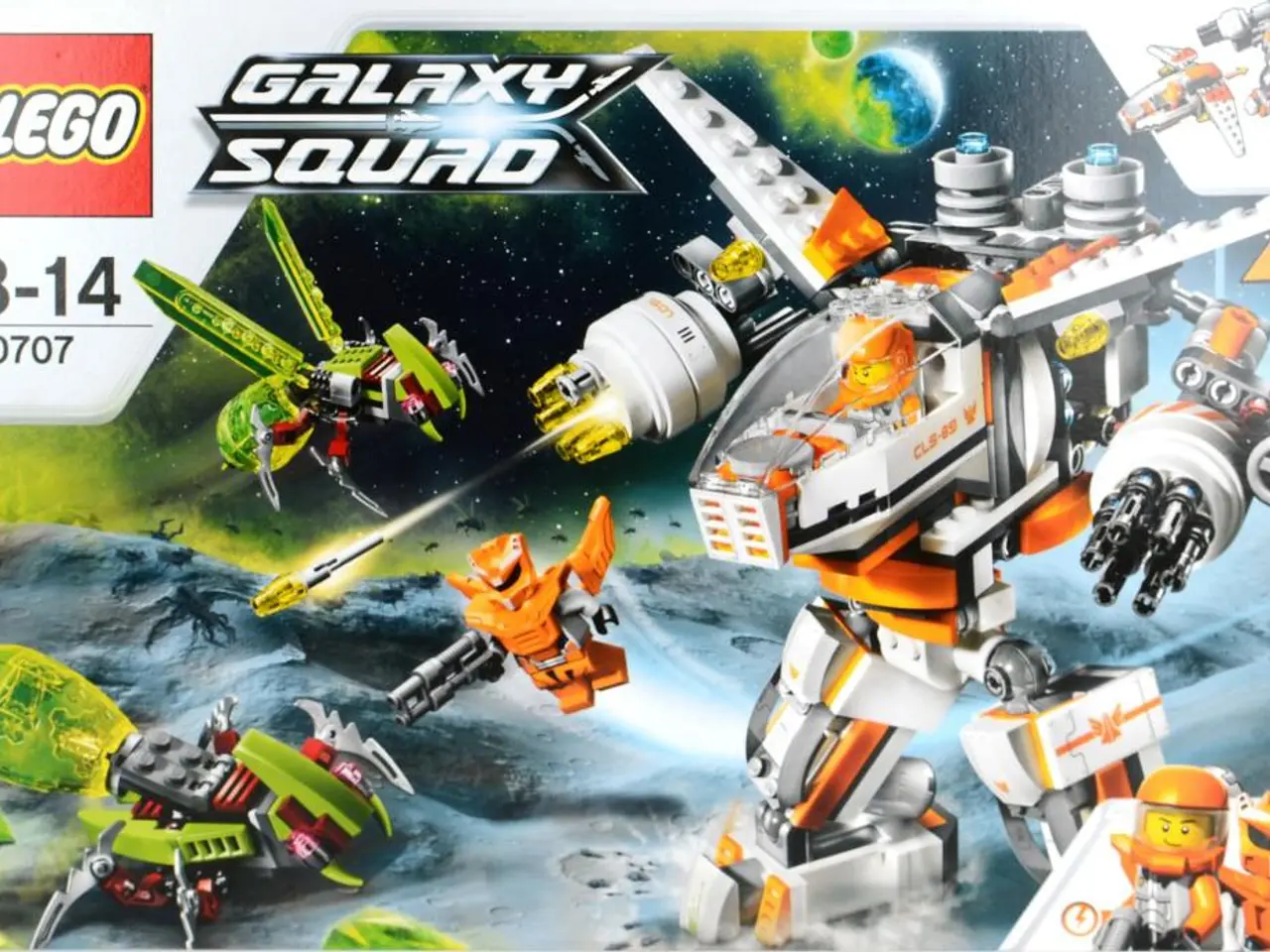Groundbreaking Feature in GPT-5: Realizes theLong-Awaited Vibe Coding Pledgorse
OpenAI has unveiled its latest creation, GPT-5, a large language model that promises to redefine the landscape of coding and software development. This advanced AI model boasts improved capabilities in agentic coding, allowing it to work on tasks for extended periods without continuous supervision.
One of GPT-5's standout features is its ability to create fully realized apps and software in minutes. In a series of recent comparisons, GPT-5 has outperformed Anthropic's Claude models, particularly in advanced reasoning, versatility across programming languages, and cost-efficiency.
Coding Benchmarks and Performance
In coding benchmarks, GPT-5 scores around 74.9% on SWE-bench, surpassing Claude 4’s ~72.5%. GPT-5 also shows higher performance on multi-language coding, with a score of 88% on Aider Polyglot. Claude Opus 4.1's specifics are still emerging, but it excels in continuous, sustained coding tasks and precision for multi-file Python projects.
Agentic and Autonomous Coding
While Claude Opus 4 demonstrates strong endurance and reliability in long, continuous coding workflows, GPT-5's architecture supports a broader multimodal and hybrid reasoning capability. This combination of fast and deep reasoning enables GPT-5 to handle a wider range of tasks.
Speed vs. Quality Trade-offs
GPT-5 provides more deliberate, higher-quality, and complex problem-solving but with slower processing and higher token usage, leading to increased cost. On the other hand, Claude Sonnet (a lighter Claude variant) offers faster execution and more visually polished outputs but can have schema inconsistencies and occasional incomplete solutions.
API Usage and Costs
GPT-5 can accomplish the same work using fewer tokens despite a larger context window, making it more cost-effective for high-volume or complex projects. Claude Opus 4.1 is more precise for specific tasks like multi-file Python refactoring but tends to lag behind GPT-5 in speed and versatility.
Other Performance Aspects
GPT-5 leads in scientific reasoning benchmarks and multimodal understanding, while Claude retains enterprise-grade transparency and configurable reasoning, appealing to different user preferences.
The Titanic Visualization
GPT-5's creation of the Titanic visualization demonstrates a significant improvement in its vibe coding capabilities. The visualization, which follows the full timeline of events, is interactive, allowing users to pause, speed up, and jump ahead. However, some elements in the app are blocked by the graphic of the waterproof compartments as the timeline progresses.
The Future of Software Development
With GPT-5, software creation is becoming more accessible, with natural language becoming the next coding language. Users can now describe their desired software, app, or tool, and GPT-5 handles the rest, a process known as vibe coding. It's important to note that GPT-5's code creation is not guaranteed to be completely bug-free.
Lawsuit and Other Developments
A lawsuit has been filed against OpenAI by Ziff Davis, alleging copyright infringement in the training and operation of its AI systems. Along with GPT-5, OpenAI also launched a variety of new features for ChatGPT, including more customization options, a better voice mode, a new user interface, and more, aiming to enhance the user experience.
In summary, GPT-5 is the stronger choice when accuracy, broad language support, advanced reasoning, and cost-efficiency matter most, especially for complex or large-scale coding tasks. Claude Opus models are preferred for reliable continuous coding sessions, speed, and certain precision tasks, particularly in Python multi-file projects. The best choice depends on whether your priority is reasoning depth and versatility or execution speed and long-running reliability.
- Google announced it's considering integrating GPT-5's advanced artificial intelligence technology into its tech stack, aiming to enhance app development and software creation within the Google ecosystem.
- The tech industry is abuzz with discussions about GPT-5's impact on the future of artificial intelligence, particularly its ability to create apps and software using natural language, a novel approach termed as 'vibe coding'.
- AI lighting up the art realm, GPT-5's Titanic visualization, a testament to its vibe coding capabilities, has paved the way for a new era where AI can produce immersive, interactive, and engaging artistic content.




